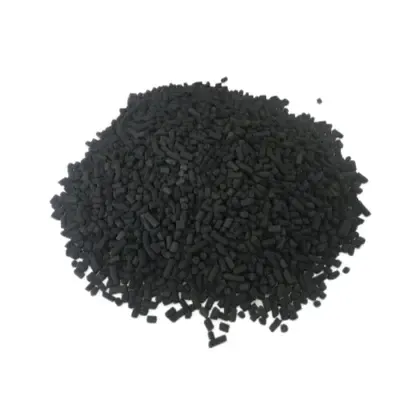
Activated carbon is widely used in the field of water treatment and can effectively remove various pollutants and unwanted chemicals in water. The following are the main applications of activated carbon in the removal of common contaminants in water:

1. Residual chlorine and disinfection by-products: Activated carbon can remove residual chlorine and disinfection by-products from water, such as chloride, chloroform (THM), chloroform, etc. These substances are often present in disinfected tap water, and the activated carbon removes them from the water by physical adsorption, improving the taste and smell of the water.
2. Organic matter: Activated carbon has a strong adsorption capacity for organic matter, including volatile organic compounds (VOCs), pesticides, drug residues, organic solvents and petrochemicals in industrial wastewater. These organic matter may pose a threat to human health, and activated carbon can effectively remove them and improve the quality of water.
3. Heavy metal ions: Activated carbon also has a strong adsorption capacity for heavy metal ions (such as lead, mercury, cadmium, chromium, etc.). Through the mechanisms of physical adsorption and chemical adsorption, activated carbon can capture heavy metal ions in water and reduce potential harm to human health.
4. Suspended solids and turbidity: Activated carbon can remove suspended solids and turbidity in the water, making the water clear and transparent. Suspended matter is mainly composed of solid particles or microorganisms. Activated carbon can effectively remove these tiny particles through porous structure and surface adsorption, improving the quality and appearance of water.
5. Odor in drinking water: Activated carbon can absorb and remove odor substances in water, such as hydrogen sulfide, phenol, formaldehyde, etc. These odorous substances may come from groundwater in tap water or chemicals in the treatment process. Using activated carbon can remove these odors and provide fresher drinking water.
6. High-molecular organic matter: Activated carbon can remove high-molecular organic matter in water, such as algae, suspended organisms, colloids, proteins, etc. These substances often lead to turbid water and high nutrient salts. The use of activated carbon can effectively purify water and improve water quality.
In short, activated carbon can remove various pollutants such as residual chlorine, disinfection by-products, organic matter, heavy metal ions, suspended solids, odor substances, and high molecular organic matter in water treatment. Its high adsorption capacity and selectivity make it an important water treatment agent for providing clean, clear and safe drinking water.